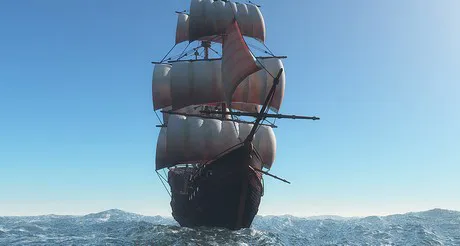When looking back at ten years of Next Generation Growing (Het Nieuwe Telen), Peter Geelen explains the differences being made in horticulture, “The image of a grand exploration comes to mind. Only now I realize how impressive this journey is by a large number of ports we have passed and the developments that followed each other in rapid succession. I had already forgotten that the credo Conditioned Cultivating was the predecessor of Next Generation Growing. Before this, we also had Closed Cultivating and Semi-Closed Cultivating, back then Energiek2020 still sounded so far away. Looking back, even Next Generation Growing has changed in appearance a number of times.

In the beginning, there was the step-by-step plan, aimed at saving energy by applying (new) techniques step-by-step. Using maximum isolation went hand in hand with de-humidification using outside air.
The gamechanger of Next Generation Growing was new knowledge regarding the moisture balance in the greenhouses, which was necessary to manage this new way of humidity control. Partly due to this the course of action was changed, allowing the energy transition to be controlled from a point of knowledge transition. This not only reached its goal according to the Energy Monitor, but also left a large number of beacons. Think of the source of information found on the Greenhouse as a Source of Energy website, travel logs in the form of newsletters, testimonials of fellow cultivators and research reports, a new compass in the form of calculation tools and simulation models, the manual explaining the basic principles of Next Generation Growing supported with web lectures, action and learning goals, etcetera. To handle this information expertly and to share the experiences gained, an acceleration program was developed. Numerous earning groups have been created (with group 90 on its way). Not only for the crew (cultivators), but also for the shipwrights (suppliers) the twentieth group is planned in already. Not to forget the many seminars, events and study days.
Due to new techniques, the need to rethink our ways of growing arose. A new course accompanied by a new compass was discovered. This led to the ship consuming a lot less energy by Growing More with Nature and by taking along less cargo (plant load) so that higher speeds (temperatures) can be reached. The crops remained active despite the lower energy usage and intensive screening and by making better use of the wind (airflow current). A completely new way of screening is introduced by taking into account the appearance. The balance of the crop is now the starting point and has provided many new insights due to which a more steady course can be sailed and the crops became more healthy and vital.
The efforts of the entire crew were needed for this. First of all there is the project team that worked in the engine room to provide the machines with the much-needed oil.
New routes
Researchers who like explorers helped to discover new routes. The sailors (read cultivators) that dared to be the first to take these new routes. The shipwrights (suppliers) that provided new materials end helped during the testing phase. The trainers that showed as much support as they could muster, and the trade press that has written a great deal about it so the young sailors can now also be educated. Even the LEI has researched the social dynamic of this process and Professor Hekkert, a specialist in innovation projects, agreed that he was looking at a perfect example of an innovative ecosystem where the process of change occurs through intensive interaction and cooperation between public and private. Thanks to the continuity of the program and the program team the key processes are shaped in an excellent way.
With this approach, we can set sail to our next destination with the utmost confidence: a sustainable greenhouse with zero CO2 emissions, crop protection, and fertilizer.
Sailing the west
Without wonder, we would still be sailing in the west and would have never discovered the routes to the east. Without cooperation on the ship, we would not have been able to follow a steady course. We go full circle when we reach the harbor of the circular greenhouse, in which the balance of the plant remains the starting point for reaching sustainable greenhouse horticulture.
That is why, in 2019 (and hopefully many years after this one), I wish everyone a year filled with wonder and good cooperation. And so Next Generation Growing keeps on improving. Onwards and safe voyages to you all.
Peter Geelen
www.Plantmonitoring.nl
Source: Kas als Energiebron
